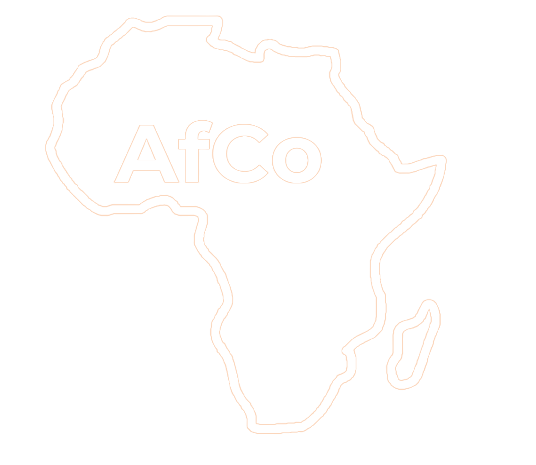Understanding Boko Haram
Boko Haram, renamed the Islamic State West Africa (ISWA) since affirming its loyalty to the Islamic State in Iraq and the Levant (ISIL), now operates beyond its birthplace in Borno State, spreading armed violence throughout Chad and to Cameroon, Niger and Nigeria. How might we analyze and comprehend this social, religious, and political phenomenon?
Afrique Contemporaine invited four researchers to decode the nature, history, and sociology of this armed movement, offering them a free hand in interpreting its discursive and operational strategies. The four scholars present their research fi ndings in this issue as a comprehensive rethinking of Boko Haram. Élodie Apard has studied sermons preached by Mohammed Yusef and video messages produced by Abubakar Shekau. Marc-Antoine Pérouse de Montclos has deconstructed past and present images of northern Nigeria’s “terrorist peril.” Christian Seignobos has employed a geographical and anthropological approach to shed light on the Lake Chad region. Corentin Cohen has conducted unprecedented interview-based fi eldwork, surmounting the presumed impossibility of coming to grips with Boko Haram’s political sociology.
In addition, Dangbet Zakinet has followed a group of nomadic pastoralists along a transhumance route through Batha Province in Chad; he contributes an analysis of security challenges affecting pastoralists and farmers in the Sahel and Sahara region.
